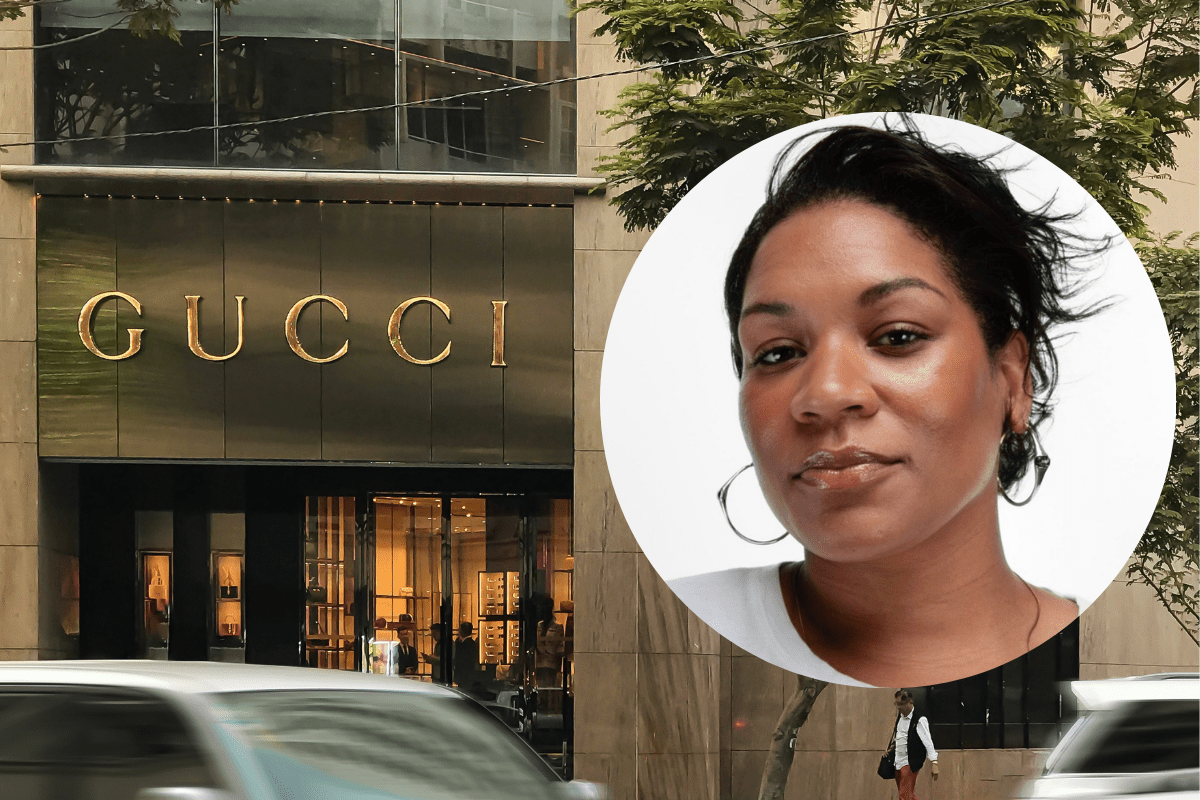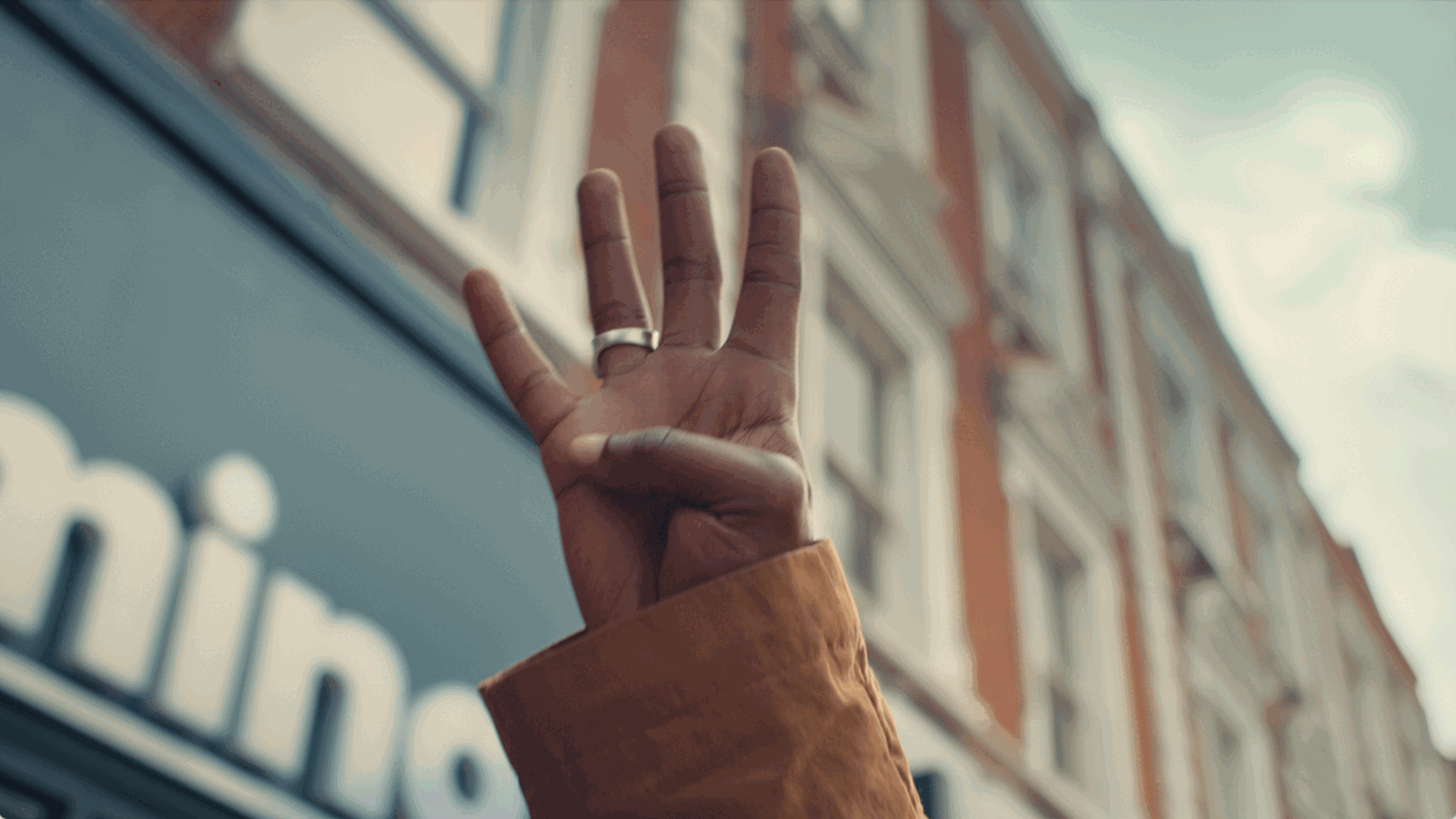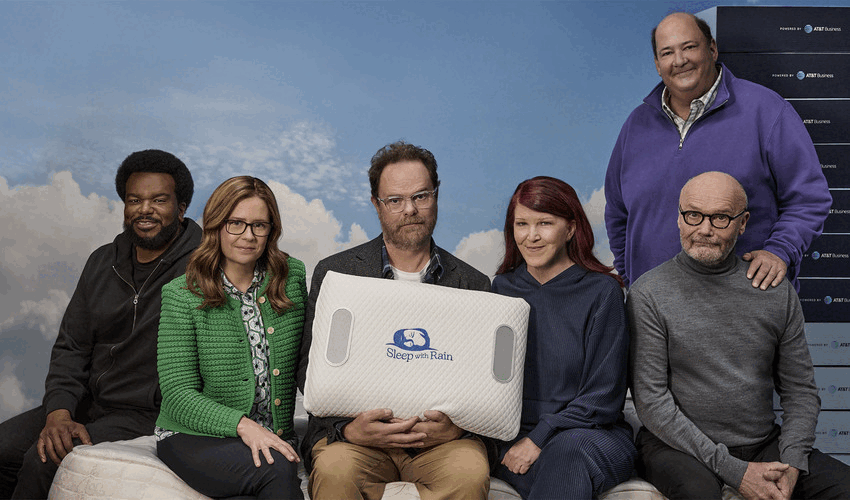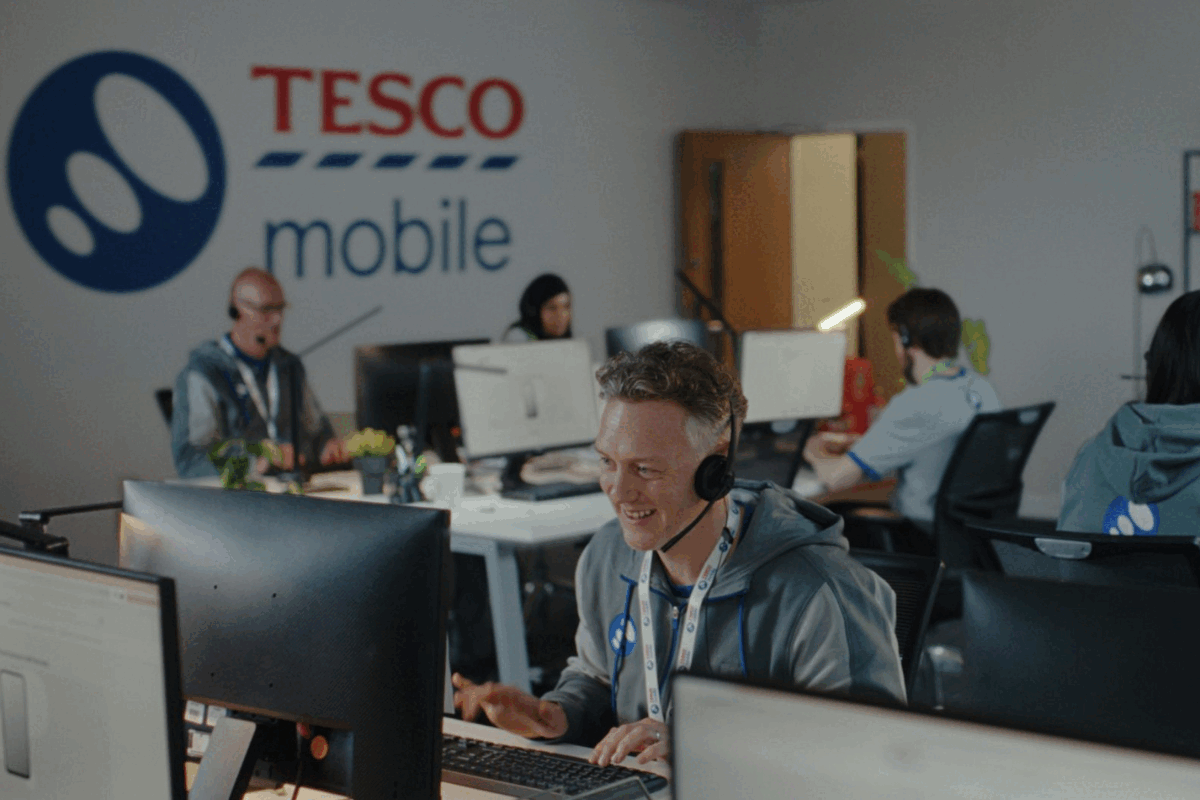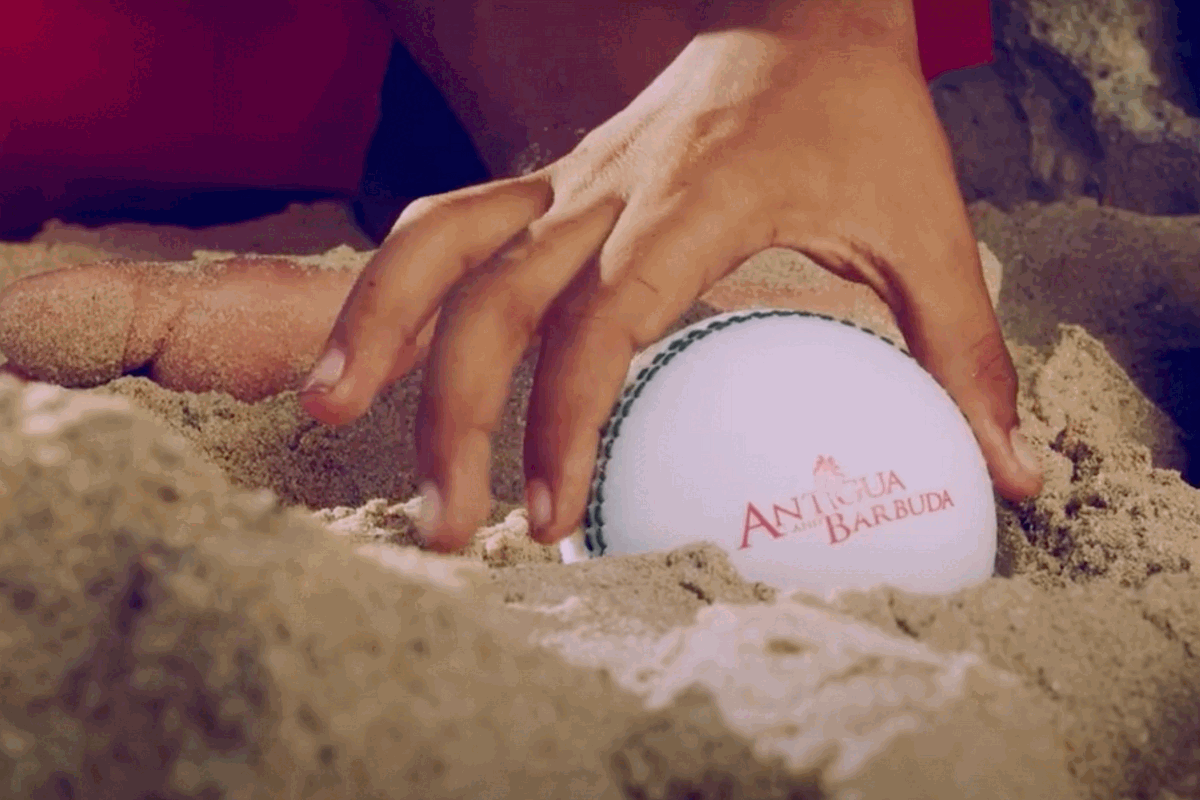In Tune: Marketing Music on Mobile
- Thursday, October 30th, 2014
- Share this article:
This article originally appeared in the November edition of our quarterly magazine. To get the full experience, you can read the issue online here, or subscribe to receive a physical copy here.

Newspapers, maps, cameras – all items that we know have almost been made obsolete thanks to the rise of mobile. But look around you on a train or on the street, and there’s one device missing from that list.
Most headphone cables no longer run to an iPod as they did five years ago, or a Walkman ten years before. Smartphones are now people’s first choice for listening to music, and for that reason, you might expect mobile to be the perfect choice for marketers looking to push a hot new artist to the top of the charts.
Some companies are taking advantage of this – Google, for example, recently started trialling ‘Listen Now’ search ads that offer users the option to stream or buy songs by the artist they are trying to track down – but, according to Millennial Media, the music industry is lagging behind its peers in TV, cinema and gaming when it comes to mobile advertising. On Millennial’s ad platform, entertainment is the largest vertical, but just three of the top 30 advertisers come from the music business, only one of which is a record label.
“Music budgets, compared with those in the film or gaming industry, are smaller,” says Millennial Media’s VP marketing for EMEA Stephen Jenkins, who previously worked as a music industry exec. “Whereas a film will have a concentrated release window, with budgets from theatrical and then home entertainment departments contributing to the promotional activity, musicians are working over a longer period of time as they promote singles, albums and tours, often with differing rights owners for different aspects of an artist’s career.”
Of course, it’s possible that this budget is being spent outside of display advertising. When it comes to mobile web, for example, musicians perform better than many traditional brands. Of the artists behind the top 10 best-selling singles in the UK last year, only one lacks a mobile site.
But of the same 10, only two have official iOS or Android apps: Katy Perry and Avicii. That’s not down to a lack of public demand – search for any of these artists in the App Store or Google Play and you’ll find dozens of unofficial quizzes and lyrics apps, wallpaper galleries and games.
Adam Callen, creative director at digital entertainment agency Katana, which works with the likes of Sony, Warner and EMI, says that after an early gold rush, labels largely lost interest in producing apps for their artists. That doesn’t mean they’ve abandoned mobile altogether, though.
“It’s no longer a question of whether a campaign will be on mobile,” he says. “It used to be, maybe 12 months ago, but now labels realise you’re stuck in the dark ages if it’s not. It’s not even a discussion point.”
A fortnight-long campaign for Ed Sheeran, which set fans daily tasks on Facebook and Instagram, saw almost half of its users come from mobile – a chunk of the audience labels can’t ignore. This is the case even when an artist’s fans skew older than the traditional mobile audience, says Callen, citing a Michael Bublé campaign last Christmas that saw similar levels of mobile engagement.
Shazam generation
One of the most popular ways to reach fans is by integrating a campaign into an existing app, whether that’s a social network, a streaming service or another music-specific platform. Shazam’s audio recognition app started life in 1999 as an automated SMS service and today sees 500m songs being ‘shazamed’ every month. Of the UK’s 10 most frequently shazamed songs in 2013, seven also appear in the year’s 10 best-selling singles. The company claims to be directly responsible for seven per cent of digital music sales, totalling some $300m (£179m) a year.
“We really want to turn Shazam from a simple discovery platform to a front door into the artist,” says the company’s head of music Peter Szabo. “If you put smart relevant content in front of a user when they shazam a song, they’ll consume it.”
This process has involved enriching the results page with video, links to streaming services and ticket sellers, and banner ads. Shazam’s advertising is targeted not only on the user’s music history, but also on what artists they are likely to enjoy based on those with similar listening habits.
In March, Shazam worked with Warner Bros to promote Linkin Park’s Guilty All The Same, by making the single exclusively available through the app before its debut, in three stages. The song first appeared in the news feed of users who had searched for the band in the past; it was then promoted on the results page for searches of any Linkin Park song; finally, Shazam pushed the release with banner ads for anyone who’d searched for similar artists. The campaign saw 110m impressions in four days.
Bands as brands
On a fundamental level, mobile hasn’t really altered music discovery. People have always wanted to identify the records they hear on the radio or in a club – Shazam has just eliminated the need to tap the DJ on the shoulder.
The other major way of discovering a new artist has always been word-of-mouth, and this hasn’t changed either. Social media just offers more opportunities to share music with friends, and messaging apps like PingTune and La-La, which enable users to communicate by sending audio clips from a library of songs, have tried to capitalise on this same behaviour.
The big social players have experimented with music services too, with mixed results. Last year Twitter launched the #Music discovery app, while in May, Facebook started testing a Shazam-style function that automatically detects a song for users to add to their status. For now though, nothing beats simply having a strong, organic social presence. For artists with a limited marketing budget, it’s a great, free way to connect with existing fans, but these platforms are equally useful for big stars.
Katy Perry is the single most followed person on Twitter, beating Barack Obama with 55m followers to his 44.6m, and far outstripping even the biggest brands. In fact, 32 of 50 most popular accounts on Twitter belong to musicians.
“Artists are now media brands in their own right,” says David Skerrett, managing partner of mobile agency Nimbletank. “Achieving such new heights in terms of social scale and potential reach helps to create new unique business value, beyond record or ticket sales, downloads or streams.”
Skerrett describes uView, an app developed by Nimbletank for Universal Music as a “CRM property” to engage music fans with extra content from its artists. It’s an interesting way to look at the relationship between fans and musicians, which can inspire a level of brand loyalty most companies would kill for.

Music fandom can be a life-long relationship, so it’s important to maintain a connection in between albums and touring cycles. This is where dedicated apps come in. Radiohead released Polyfauna, a game that leads users through an abstract world based around its album King of Limbs, a full three years after the record. Lady Gaga’s Artpop app was launched as a multimedia companion piece to the album of the same name, but has continued to gather features as time goes on, keeping her little monsters wanting more.
These kinds of apps can also provide opportunities for monetisation. The most obvious option is simply to charge for it, either at download or through in-app purchases, like the virtual stickers on sale in Snoop Dogg-branded messaging app Snoopify, but these apps can just work as a value-add.
uView incentivises record purchases by offering content that can be unlocked through scanning the album’s cover, while some of Artpop’s features are off limits without a copy of the accompanying record. Apps can also encourage fans to come along to a concert, which, as recorded music sales decline, is becoming a key source of revenue.
Hip-hop label Young Money recently released Drake Vs Lil Wayne, an app that promotes the two rappers’ co-headlined US tour by giving fans the opportunity to get involved with the show. Users tap a button to ‘power up’ their favourite of the pair during a rap battle, which will influence their performance on stage. The app’s primarily intended to be used on the night, but it should also drive ticket sales via a direct link to Ticketmaster.
Vinyl with a new name
These fanbases can also mean big business for marketers who want to tie their brand to a musician. Samsung’s deal last year with Jay-Z saw 1m copies of the star’s Magna Carta Holy Grail album given to Samsung device owners before its official release. This may have helped push the album to the top of the charts and double platinum status in the US – even though copies downloaded in this way didn’t count towards its standing. But, given the reported $5m Samsung paid to secure this early access, it’s not hard to see which side was hoping to profit more from the association.
Of course, celeb endorsements are a concept as old as pop itself. In fact, though the execution may be original, most apps promoting artists just transfer pre-existing ideas from the music industry onto mobile. uView works on a similar basis to the once-treasured liner notes in the cover of vinyl records; paid apps are more or less a connected version of the merch table selling t-shirts after gigs; and there’s not too much of a jump from Radiohead’s previous film ventures to Polyfauna.
It’s undeniable that the times, they are a-changin’. But rather than transforming the behaviour of or interaction with 21st century fans, today’s mobile marketing efforts simply offer a broader palette for record labels – and the artists themselves – to work with.




